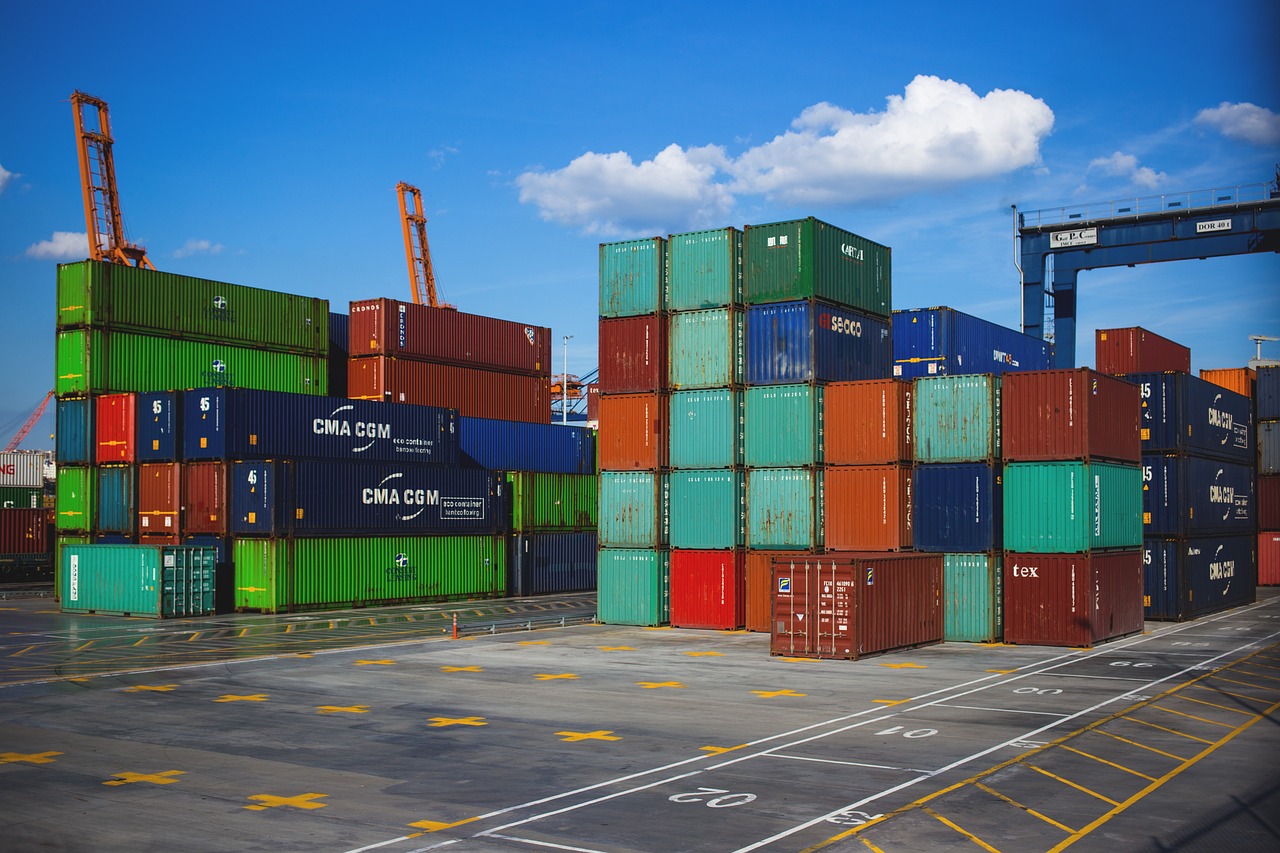The world of international trade brings forth a myriad of opportunities and challenges, and one significant hurdle that importers and exporters often encounter is customs clearance. Navigating the intricate web of customs regulations, tariffs, and documentation can be overwhelming. However, with the right strategies in place, you can minimize customs challenges and ensure a smoother flow of goods.
You can minimize customs challenges and ensure smoother customs clearance processes by researching customs regulations, building relationships with authorities, and partnering with experienced professionals. Accurate documentation, efficient inventory management, and due diligence further fortify your approach. Embracing technology and staying informed about tariff classifications are essential components of a comprehensive strategy.
Let’s break all of that down and see how you can put them in practice.
1. In-Depth Research and Compliance
Knowledge is your best weapon against customs challenges. Imagine exporting a product to a country where that safe product is considered dangerous or contraband. This can lead to a waste of time and money since you’d pay duties on the exportation and return.
Thoroughly researching the customs regulations and requirements of both your country and the destination country can help you prevent issues like that. Stay updated on changes, amendments, and trade agreements that might impact your operations. This diligent research allows you to adapt your strategies to remain compliant and avoid unnecessary delays.
2. Accurate and Detailed Documentation
The accuracy of your documentation can’t be overstated. Incomplete or incorrect paperwork is a prime reason for customs delays. The absence of one crucial import/export document can put the whole process at a stand-still, even when every other thing is complete.
Ensure that all invoices, bills of lading, certificates of origin, and other required documents are accurate, consistent, and well-organized. Attention to detail in your documentation helps prevent unnecessary hiccups in the customs clearance process.
3. Build Strong Relationships with Customs Authorities
Establishing positive relationships with customs authorities can be a game-changer. Reach out to relevant customs offices, attend seminars, and engage in discussions to understand their processes better. When customs officials recognize your commitment to compliance, they’re more likely to offer guidance and assistance when challenges arise.
But what if all that doesn’t afford you the time to focus on your core business with your customers?
4. Partner with Experienced Customs Brokers and Freight Forwarders
If you don’t have enough time to juggle between serving customer requests, customs clearance, and shipping, collaborating with experienced freight forwarders and customs brokers can prove invaluable. These professionals are well-versed in customs regulations and documentation, easing your burden and ensuring smooth customs clearance. While an experienced customs broker can help you prepare your import/export documents and navigate duties and taxes, your freight forwarder provides a seamless shipping experience to your customers. Their insights and expertise can help you navigate potential challenges and identify the most efficient routes to compliance. Plus, you’d be ridding yourself of a whole lot of customs headaches.
5. Implement Efficient Inventory Management
Efficient inventory management is pivotal in minimizing customs challenges. Maintain accurate inventory records, including product specifications, quantities, and values. This streamlines customs documentation and prevents discrepancies that could trigger customs audits or delays.
6. Pre-shipment Inspection and Due Diligence
Conduct pre-shipment inspections to ensure your goods adhere to both your country’s and the destination country’s standards. This due diligence prevents goods from being rejected or delayed due to non-compliance with quality, safety, or labeling regulations. Not just for the products themselves but the packaging, weight restrictions, etc. Inspection can help you avoid last-minute surprises, leading to smoother customs clearance.
7. Utilize Technology and Automation
Leverage technology to your advantage. Use customs compliance software to streamline documentation and track shipments. Automation reduces the risk of manual errors and ensures that your paperwork is consistent and accurate. Additionally, some global trade software can provide real-time updates on your shipment’s progress, enabling you to take immediate action if any challenges arise.
8. Engage in Tariff Classification Analysis
Understanding tariff classification is crucial to avoid unexpected duties and taxes. Thoroughly analyze your products to determine the correct classification code. Misclassifying goods can result in higher tariffs or even customs penalties. Engaging in a tariff classification analysis helps you anticipate costs and avoid unnecessary financial burdens.
Conclusion
Navigating customs challenges in your import/export business requires a blend of knowledge, strategy, and collaboration.
Remember, customs challenges are not insurmountable obstacles but rather opportunities for growth and improvement. As you implement these strategies, you’ll find that your import/export business becomes more resilient and adept at overcoming customs hurdles. With a proactive and strategic approach, you can navigate the complexities of international trade and position your business for success on the global stage.

